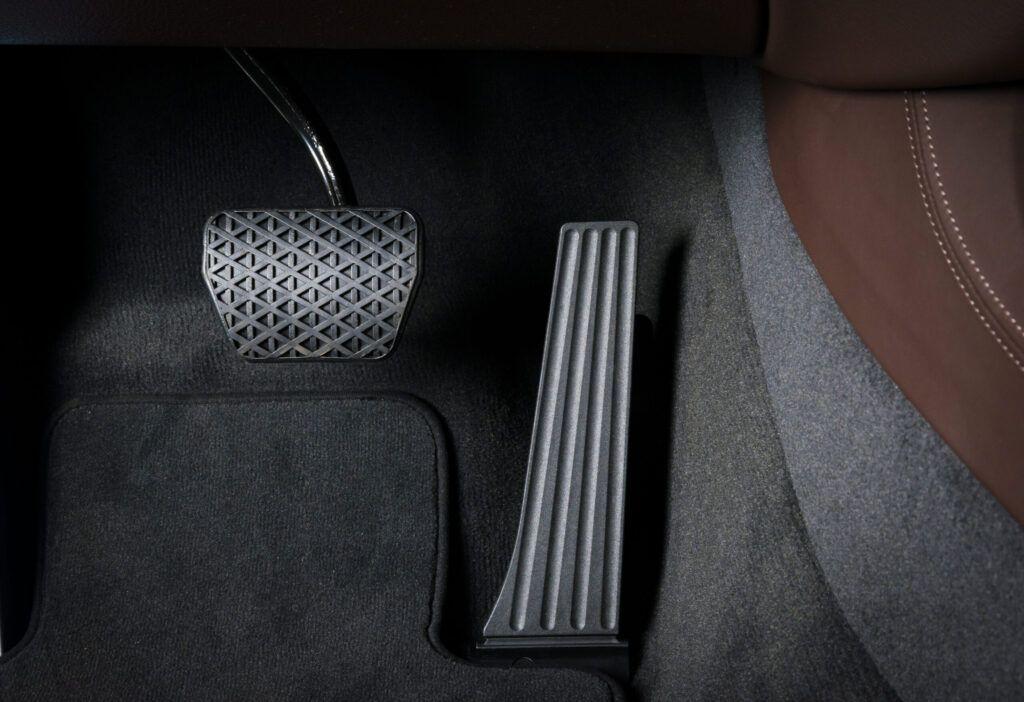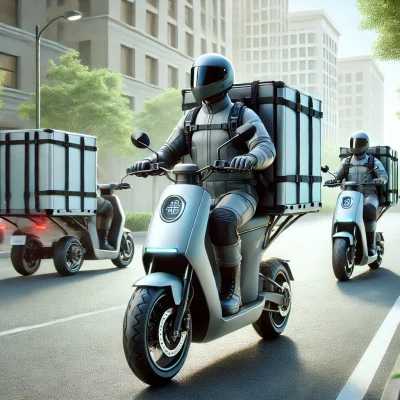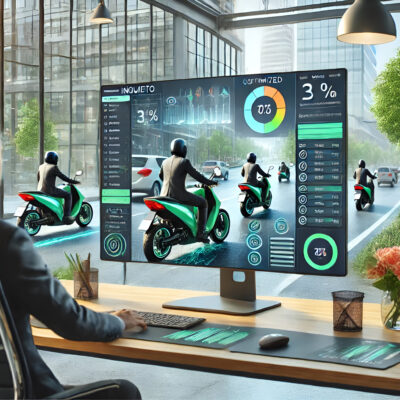Are you thinking about incorporating electric vehicles with regenerative braking into your last mile logistics fleet? There are many advantages that this type of transport can bring to your home delivery service. And, without a shadow of a doubt, committing to this system will make a difference in terms of the performance and optimisation of your routes. However, if you are still not completely clear, we will explain what regenerative braking consists of and how to take advantage of it.
Electric vehicles with regenerative braking can recharge their batteries automatically using braking power. In other words, they are capable of storing the kinetic energy from braking in their battery. This kinetic energy, which would otherwise be wasted, is converted into electrical energy (it allows 70% of the energy produced during braking to be recovered). In this way, the only thing the driver has to do is to step on the brake normally since his/her system will take care of the rest of the process autonomously.
How does regenerative braking work?

In an electric vehicle with regenerative braking, every time the brakes are applied they produce heat. The heat generated after this act causes the engine to start running in reverse, allowing the generation of electricity that will be stored automatically in the vehicle’s battery. And the thing is, the motor of an electric vehicle has the capacity to work both forwards and backwards: when the accelerator is pressed, the motor drives the wheels and propels the vehicle forwards and when the brake is pressed the motor works backwards, generating electricity and topping up the vehicle’s charge.
What are the advantages of regenerative braking?
It is no mere whim or coincidence that regenerative braking systems are becoming increasingly common in all types of electric vehicles. On the contrary, this boom can be put down to the tangible benefits of its installation. These include:
- Vehicles with greater autonomy. With regenerative braking, vehicles can generate their own electrical energy by reusing kinetic energy and charging their batteries. A quality that causes fuel consumption to plummet and autonomy to sky-rocket.
- Vehicles with dual braking systems. Regenerative braking, along with traditional friction braking, results in vehicles having two braking systems and, accordingly, it makes reducing speed faster and safer.
- Vehicles with less brake wear. The brake pads of the traditional braking system wear much less and have a longer life expectancy thanks to the fact that most of the braking effort is exerted by the regenerative brakes.
- Vehicles ideal for driving around the city. In urban environments, it is more common to step on the brake pedal, so the power generation is greater.
- Zero-emission vehicles. They are 100% sustainable, environmentally friendly vehicles.
Benefits of this system for last mile logistics
Committing to including electric vehicles with regenerative braking in your fleet means optimising the performance of your routes. The autonomy of your vehicles will increase, so your routes will be able to cover more territory and your drivers will be able to spend more time delivering if necessary. Charging the batteries of your vehicles can wait and your efficiency will be considerably boosted.
Your vehicles will be safer for your drivers and for the environment and will generate less maintenance costs due to less wear and tear on your brake pads. In addition, electric vehicles with regenerative braking are ideal for driving in urban and interurban environments so they are perfect for the last mile. In the city it is much more common to step on the brake, so the vehicle batteries will charge automatically and constantly during your routes.
Vehicles with regenerative braking for your home delivery service
Choose the vehicle that best suits your needs and opt for a regenerative braking system. Here at Inquieto we have electric vehicles with regenerative braking such as the electric three-wheeler EEZON E3, designed and created for companies and administrations. This three-wheeled electric motorcycle is a vehicle with very high manoeuvrability which is safe, stable and provides high autonomy. Another example is the electric quadricycle Paxster Cargo, the ideal last mile vehicle: it works like an electric motorcycle with the performance of a small van.
You can also opt for our electric motorcycle with regenerative braking SILENCE S02 HS, made in Spain and especially designed for delivery. And if you are looking for a vehicle with greater capacity, we offer you the compact electric van with regenerative braking CENNTRO METRO, designed to optimise urban delivery, not only by replacing conventional trucks with alternative zero-emission vehicles, but also by reaching final delivery points which others are unable to reach.





